Fibroid Surgery
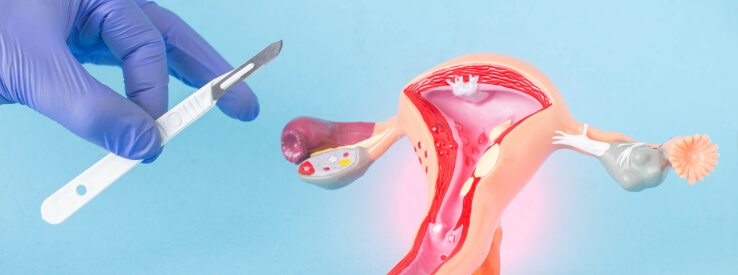
Surgery is needed when medical and/or non-surgical fibroid treatments are not helpful.
Surgery to remove fibroids is called Myomectomy.
The types of Myomectomy is described below.
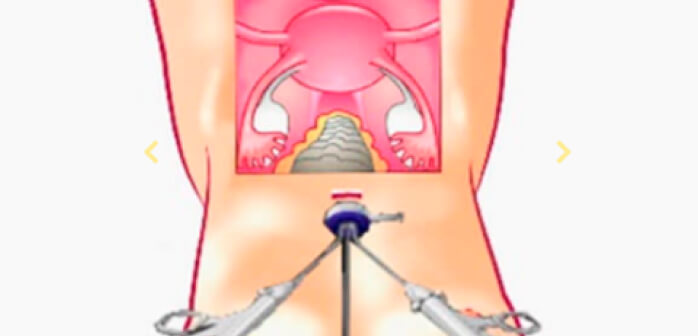
With newly-improved laparoscopic instruments and advanced surgical skill, the entire surgery is done through the belly button. Single Incision Laparoscopic Myomectomy requires a higher degree of surgical dexterity and results is minimal pain, bleeding and infection.
Recovery is within a few days with barely a noticeable scar.
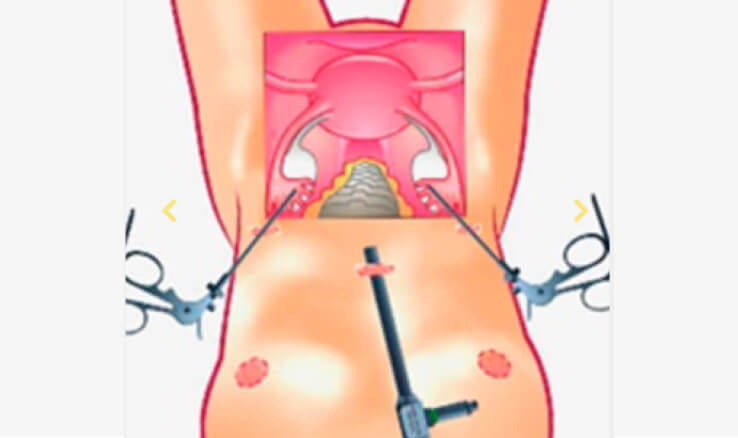
Each of these three to four incisions carry distinct risks as they cut through the three layers of abdominal wall muscle. These incisions can cause pain all over the entire abdomen.
The recovery peroid is within a week and you can resume normal activities in 2-3 weeks.
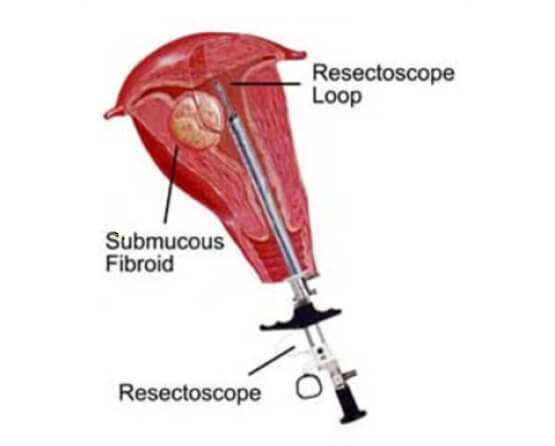
TCRM is a technically challenging surgery involving special instrument inserted via the vaginal into the uterine cavity to cut away the fibroid. It requires advanced training and surgical skill to handle the instrument with safety and precision.
Type 0, 1, 2 fibroids of up to 4cm can be removed. The recovery time is within a few days and symptomatic relief is usually immediate.
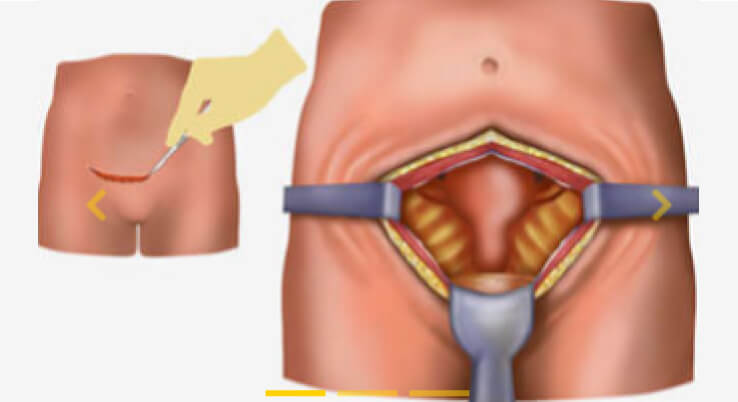
This is the traditional method of fibroid removal and is also called Open Myomectomy. It is an effective surgery to remove large fibroids (>12cm) and/or exceedingly numerous fibroids (>10).
Compared to Laparoscopic Myomectomy, the surgery duration is shorter, but the recovery is longer (3-4 weeks) because of the bigger incision. The risk of infection, bleeding and internal scar (adhesion) formation is also higher.

